Global

This combination of May 22, 2020, left, and June 23 satellite images provided by Maxar Technologies shows construction in the Galwan river valley near the disputed border known as the Line of Actual Control between India and China. Almost all of the newly built structures on the right are Chinese. (Maxar Tech via AP)
Indian and Chinese military commanders met for a third time on June 30th (Tuesday) in an attempt to ease a monthlong face-off over disputed territory and emphasized the need for a phased deescalation of tensions, a senior Indian army official said Wednesday.
The official said more meetings are expected, both among military officials and diplomats, to reach a mutually agreeable solution and ensure peace along their disputed "Line of Actual Control."
The latest meeting took place on the Indian side of the disputed border on Tuesday, he said.
The official spoke on condition of anonymity as he was not authorized to talk to reporters.
Chinese Foreign Ministry spokesman Zhao Lijian said in Beijing that China welcomed the progress made by the military commanders in devising effective measures by frontline troops to disengage and de-escalate the situation.
``We hope the Indian side will work with the Chinese side toward the same goal, keep up close communication through military and diplomatic channels, and ease the situation and reduce the temperature along the border," according to the Chinese foreign ministry website.
India's army chief, Gen. M.M. Naravane, visited the area in Ladakh last week to review his troops' preparedness after hand-to-hand combat between Indian and Chinese soldiers on June 15 left 20 Indians dead. Indian officials say there were casualties on the Chinese side as well, but there has been no confirmation by Beijing.
Indian officials say the current standoff began in early May when large contingents of Chinese soldiers entered deep inside Indian-controlled territory at three places in Ladakh, erecting tents.
They say the soldiers ignored repeated verbal warnings, triggering a yelling match, stone throwing and even fistfights in at least one place along Pangong Lake, the site of several such confrontations in the past.
The Galwan Valley, where the clash occurred, is part of a remote stretch of the 3,380-kilometer (2,100-mile) "Line of Actual Control" - the border established following a war between India and China in 1962 that resulted in an uneasy truce.
Infuriated by the border tensions, Indian protesters have been calling for a boycott of Chinese goods since the June 15 confrontation. On Monday, the government said it has banned 59 Chinese-owned apps, including TikTok, which is operated by Chinese internet firm Bytedance. It cited privacy concerns that it said pose a threat to India's sovereignty and security.
India's Prime Minister Narendra Modi quit Chinese social media platform Weibo to send a strong message to China on the border issue, economic front and at ``personal level too," the Press Trust of India news agency cited his party leader B.L. Santhosh as saying. Modi had joined Weibo in 2015.
Nitin Gadkari, India's minister for road transport and highways, said India will not allow Chinese companies to participate in highway projects and will not let Chinese invest in micro, small and medium-sized enterprises, the Press Trust of India news agency reported.
From: AP






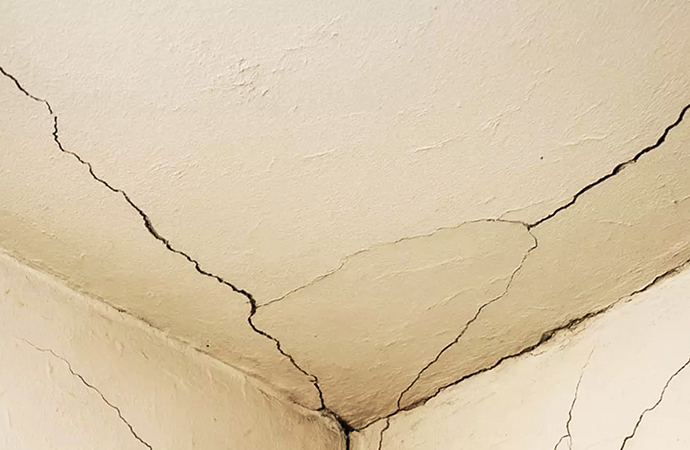
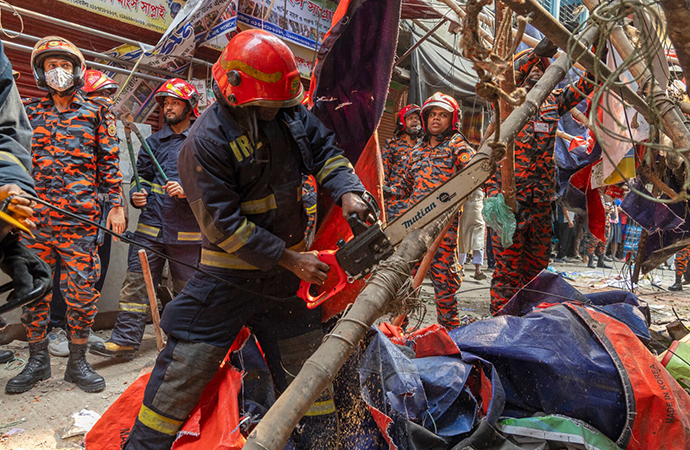
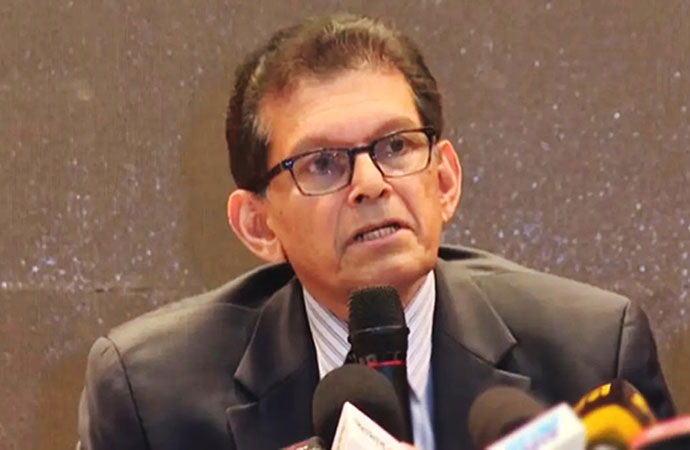
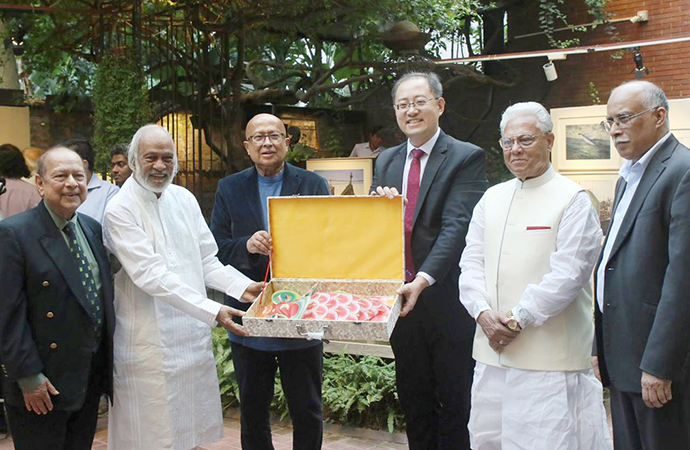
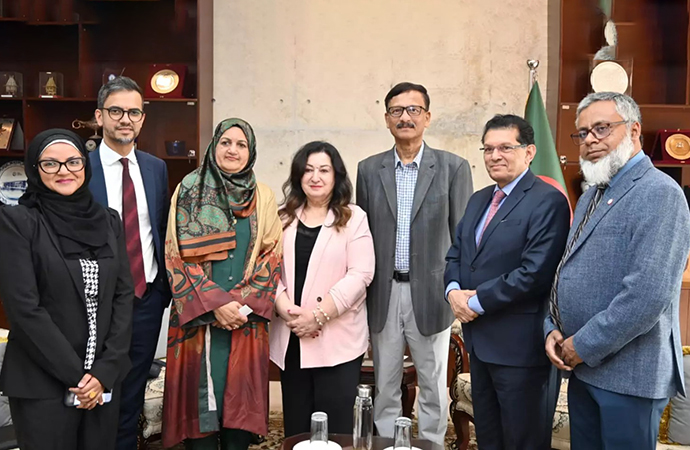
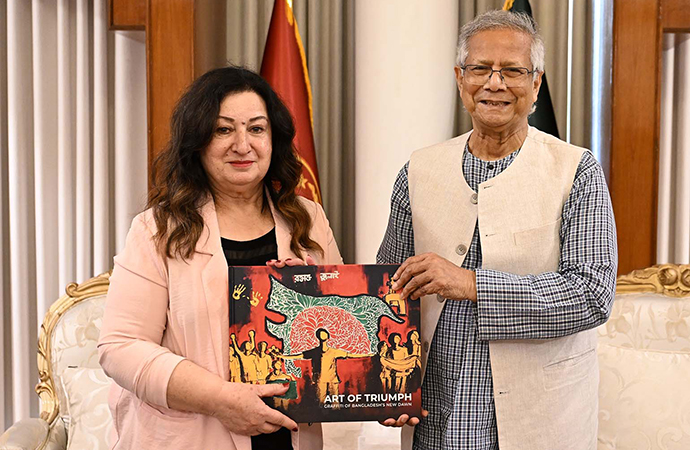
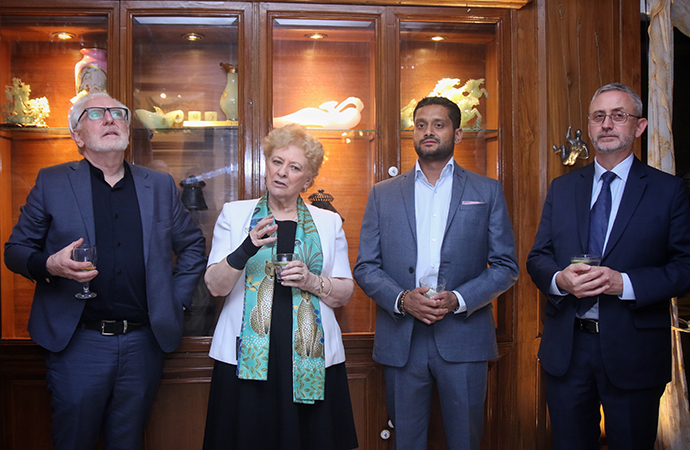



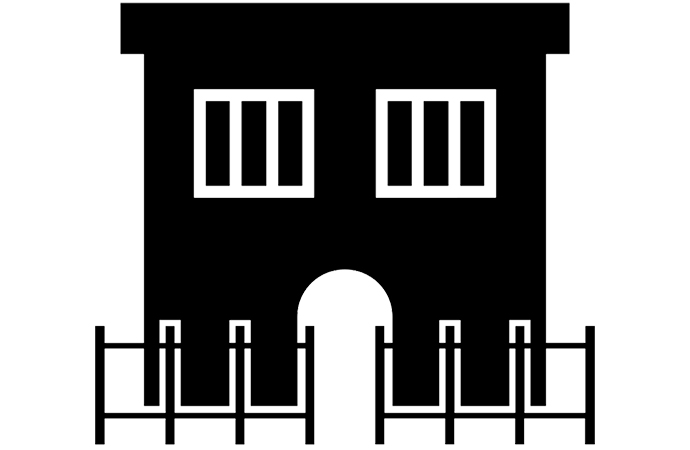

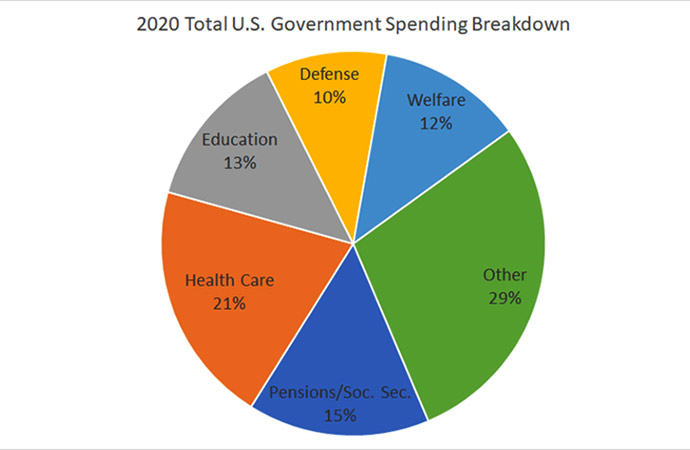


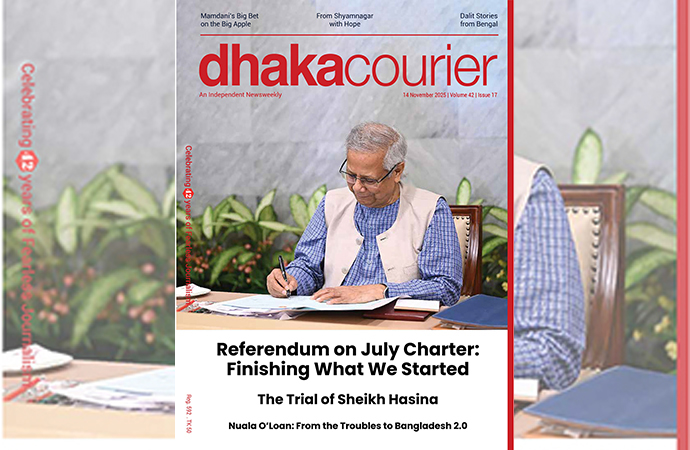



Leave a Comment
Recent Posts
Have we freed the courts?
Years down the line, we may well look back on it as the interim govern ...
Will the proposed Dhaka Centra ...
The sun rises over the capital’s seven historic colleges, castin ...
A treasure-trove of ideas, forms, and colours
More than 156,000 expatriate Bangladeshis residing i ..
Roots in Rome, Heart in the Carpathians
The search for the missing Malaysia Airlines flight ..